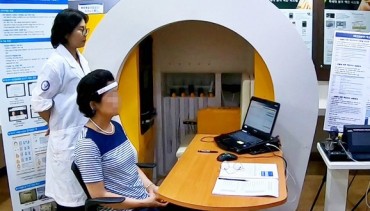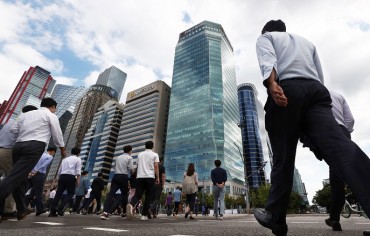
South Korea has seen a dramatic rise in cases of overseas leaks involving its critical technologies. (Image courtesy of Korea Bizwire)
SEOUL, Nov. 26 (Korea Bizwire) – South Korea has seen a dramatic rise in cases of overseas leaks involving its critical technologies, with 10 such incidents uncovered this year—five times more than in 2023, according to the National Investigation Headquarters (NIH) of the Korean National Police Agency (KNPA) on Monday.
Between January and October, the NIH detected 25 cases of overseas technology leaks, of which 10 involved core national technologies crucial to the country’s security and economy. These technologies include advancements in semiconductors, automotive engineering, and battery production, which are vital to South Korea’s leading industries.
The surge marks a record high since the NIH’s founding in 2021, when only one case was identified. The number grew to four in 2022 and two in 2023, before skyrocketing this year. Overseas leaks now account for 21.7% of all technology leak cases, surpassing the 20% mark for the first time, compared to figures in the 10% range in prior years.
China Leads in Targeting Korean Technologies
Among the 25 cases, China emerged as the top destination for leaked technologies, implicated in 18 cases, followed by the U.S. (3), Japan (1), Germany (1), Vietnam (1), and Iran (1).
In terms of industries, displays and semiconductors were the hardest hit, accounting for 8 and 7 cases respectively, over half of all leaks. Methods of theft ranged from photographing sensitive information (5 cases) and email leaks (5 cases) to social media channels, USB storage, and even employee defection.
High-Profile Cases Highlight the Threat
In July, Seoul police apprehended four individuals accused of photographing and leaking organic light-emitting diode (OLED) core technologies to Chinese companies. Two suspects were formally charged under the Industrial Technology Protection Act. The group had allegedly planned to use the information after joining a competing foreign firm.
In September, a Chinese semiconductor company (CHJS)’s CEO, formerly an executive at Samsung Electronics and SK Hynix, was arrested for misappropriating Samsung’s advanced 20-nanometer DRAM manufacturing process to develop similar technology for the Chinese firm Chengdu Gaozhen (CHJS) he established in 2019.
Another case in October saw two former employees of a domestic display company arrested in Gwangju for leaking trade secrets to China in exchange for financial compensation.
Financial Losses and Crackdowns
Authorities have confiscated criminal proceeds worth approximately 4.9 billion KRW from six overseas leak cases this year. In one instance, 2.1 billion KRW in assets—including cars, bank deposits, and stocks—were seized from individuals who had leaked trade secrets of a Korean chemical firm to secure a Chinese technology transfer deal.
Government Response and Call for Vigilance
The NIH is ramping up efforts to combat these sophisticated crimes, including increasing specialized investigative personnel and exploring modern tactics like undercover operations.
A police spokesperson urged businesses and citizens to report suspected leaks through the national “113″ hotline or the online reporting center on the National Police Agency’s website.
As South Korea’s high-tech industries face intensifying threats from overseas, the government is prioritizing measures to protect the nation’s critical technologies and maintain its global competitiveness.
Kevin Lee (kevinlee@koreabizwire.com)






